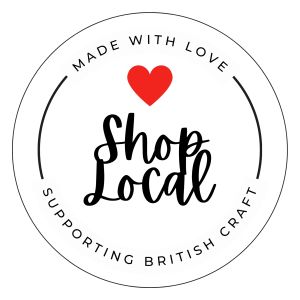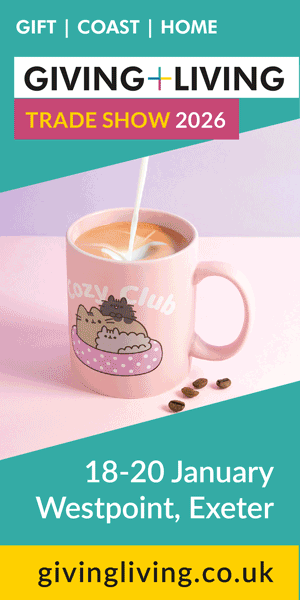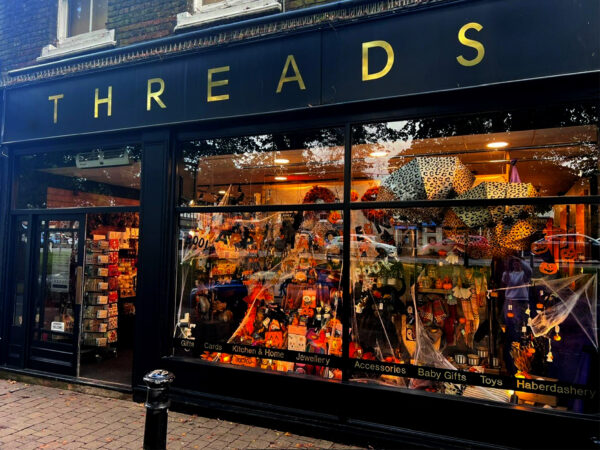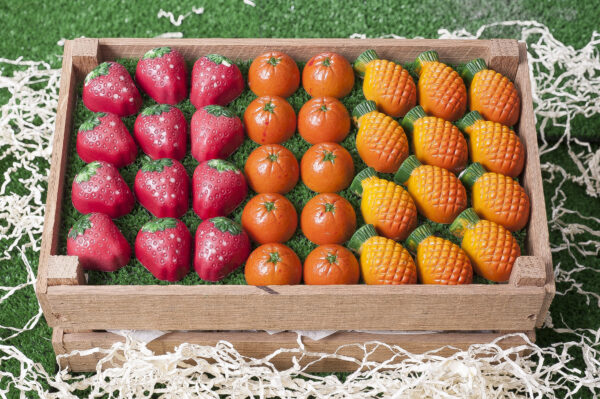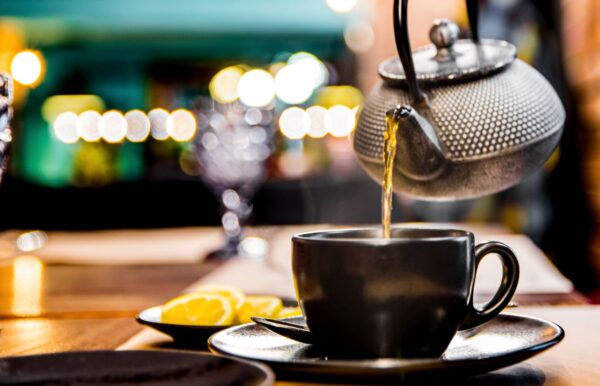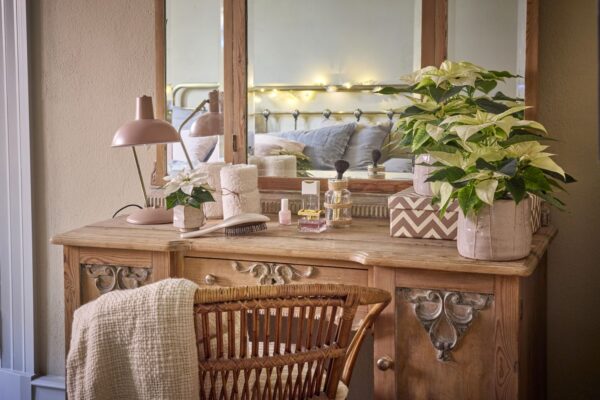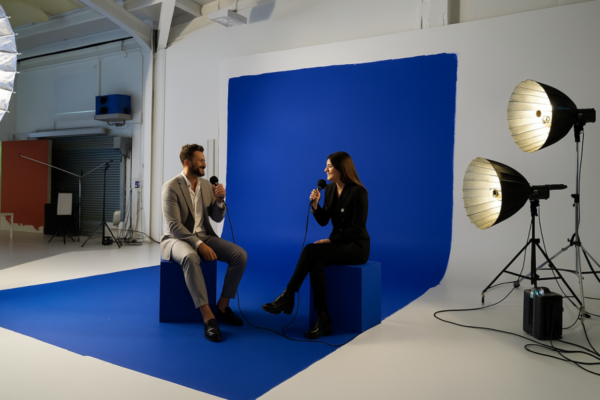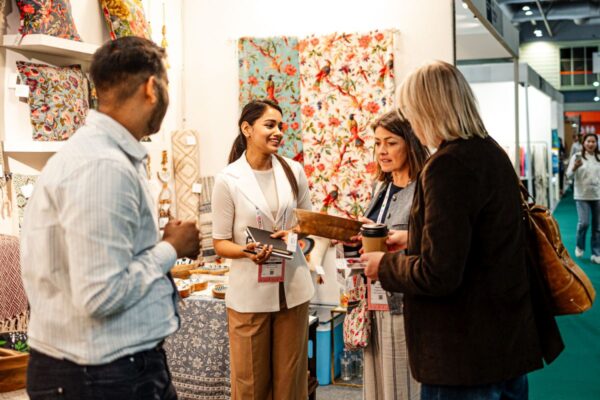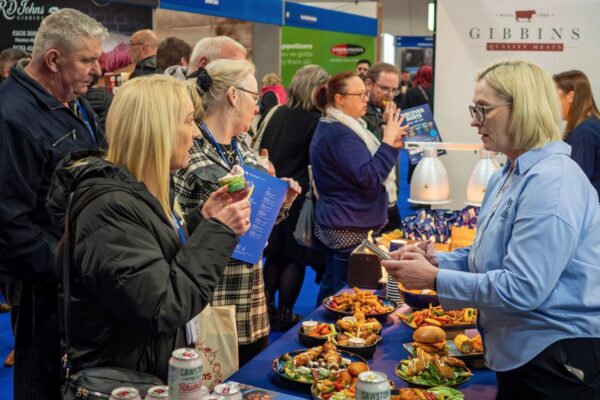 The latest research from Mintel has forecast that Brits will spend around £419 million on Halloween this year, up by 5% from £400 million in 2017, with spooky chocolates and sweets once again set to be the most popular items, way ahead of traditional carved pumpkins.
The latest research from Mintel has forecast that Brits will spend around £419 million on Halloween this year, up by 5% from £400 million in 2017, with spooky chocolates and sweets once again set to be the most popular items, way ahead of traditional carved pumpkins.
Supermarkets are likely to be the main beneficiaries of the Halloween bonanza but there is still room for independents and garden centres to cash in with cute seasonal treats and impulse purchases (many shoppers said their Halloween spend was a last minute affair).
For merchandisers Halloween offers a fun opportunity to create something a bit out of the ordinary, or to spice up an autumnal display.
 Bars and restaurants are doing their bit to make Halloween a strong spending occasion, with themed cocktails, canapes or even afternoon teas (like the one pictured here by Sopwell House), while clubs encourage spooky dress-up.
Bars and restaurants are doing their bit to make Halloween a strong spending occasion, with themed cocktails, canapes or even afternoon teas (like the one pictured here by Sopwell House), while clubs encourage spooky dress-up.
The idea that Halloween is still a growing trend is backed up by women’s magazine, Marie Claire, amongst others, which reported that ugly and kitsch Halloween jumpers were catching on. (The one pictured here is available from The Ugle Sweater Shop).
Half (52%) of all Brits splashed out on Halloween in 2017, rising to 85% of parents of under fives. But according to Mintel research, the generation most set on scaring their friends and neighbours are young Millennials, 77% of whom joined the deathly fun for Halloween extravaganza in 2017.
A quarter (25%) of Halloween purchasers spent between £10-£25 on Halloween last year, while around the same number (24%) spent £10 or less. 17% spent between £26-£50.
A highlight in many Brits’ calendars, 56% of Halloween spenders say they enjoy taking part in Halloween activities. But while many love the thrill of Halloween celebrations, a thrifty 43% of Halloween purchasers say the cost of holding one puts them off hosting.
Across the UK, the regions most likely to take part in creepy inspired celebrations include the North East/North West and East Midlands, where 56% of consumers indulged in Halloween purchases in 2017. Meanwhile, those in the South East/East Anglia are the least likely to partake in ghoulish goings-on, as just 45% bought Halloween merchandise in 2017.
Chocolates and sweets were a firm Halloween favourite in 2017, with 40% of Brits having treated their spooky visitors to these items last year. While for many traditionalists no Halloween is complete without a pumpkin, only a fifth (18%) of Brits bought one last year, rising to 24% of those living in the South West and 33% of 25-34s.
Around one in seven (15%) Brits spent money on fancy dress, while 14% splashed out on decorations and 11% purchased special food and drink for the home.
 Chana Baram, Retail Analyst at Mintel, said: ““Confectionery is the biggest purchase for Halloween and even those who do not take part in the celebrations are likely to buy sweets or chocolates for any visiting trick-or-treaters. We are also seeing more evidence of retailers promoting some everyday products as being appropriate for Halloween. Fashion and beauty retailers are doing this by putting outfits together that can double up as a costume idea, or makeup that is perfect for creating a Halloween look. This has proved a very effective way to entice Millennial consumers, in particular, who are buying more beauty products for Halloween.” Adds Chana.
Chana Baram, Retail Analyst at Mintel, said: ““Confectionery is the biggest purchase for Halloween and even those who do not take part in the celebrations are likely to buy sweets or chocolates for any visiting trick-or-treaters. We are also seeing more evidence of retailers promoting some everyday products as being appropriate for Halloween. Fashion and beauty retailers are doing this by putting outfits together that can double up as a costume idea, or makeup that is perfect for creating a Halloween look. This has proved a very effective way to entice Millennial consumers, in particular, who are buying more beauty products for Halloween.” Adds Chana.
Traditionally a season for orange and black, today’s environmentally friendly Brits are keen to stay green, as some 75% of Halloween spenders say they would reuse Halloween costumes/decorations. (pictured below are Gisela Graham adult Halloween decorations).
Looking to up their game, 40% of Halloween purchasers use social media for inspiration. Finally, for half (50%) of Halloween purchasers, shopping for the big night is a last minute affair.
“As sustainability continues to dominate the headlines, it has become a big part of many retailers’ strategies. An overwhelming majority of consumers would like to reuse their Halloween items, as they become more informed about and wary of today’s throwaway culture. There is therefore room for retailers to sell more robust products, while highlighting the fact that they can be reused.” Concludes Chana.






